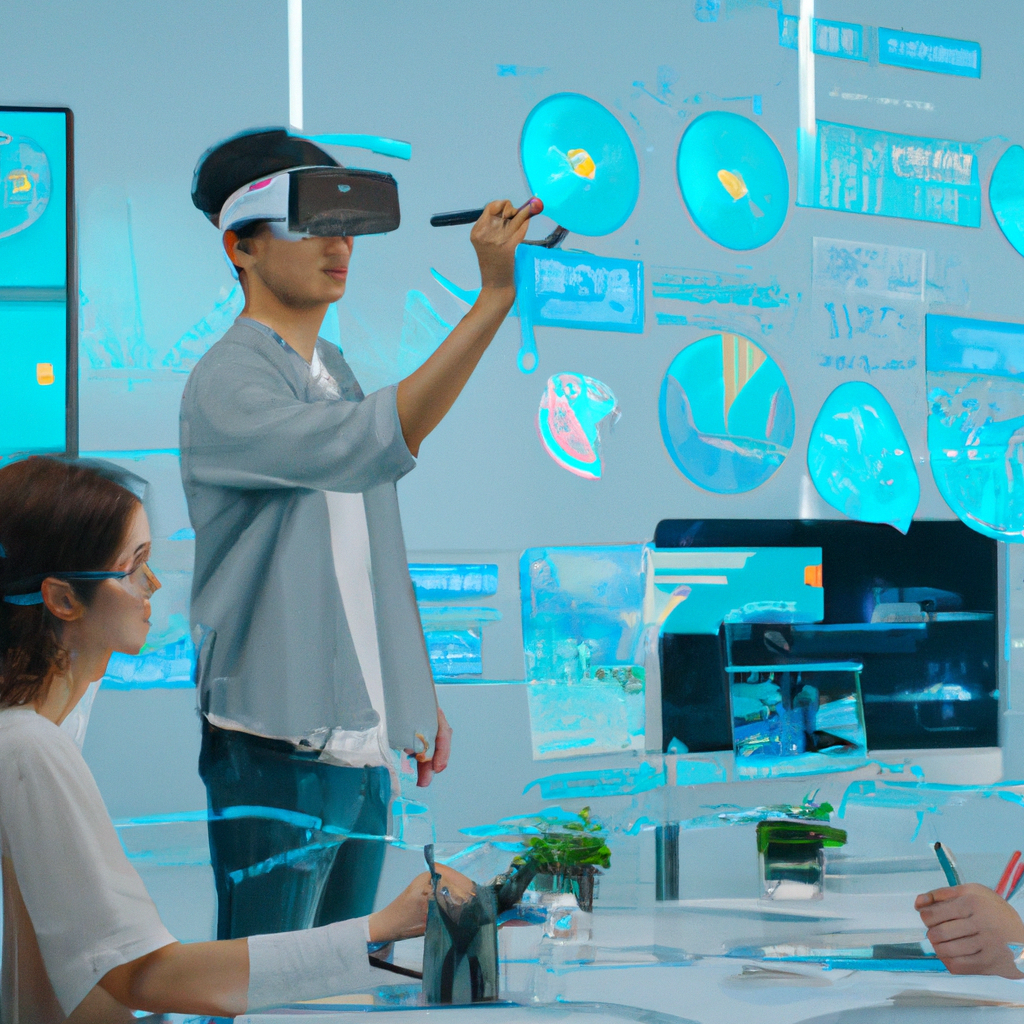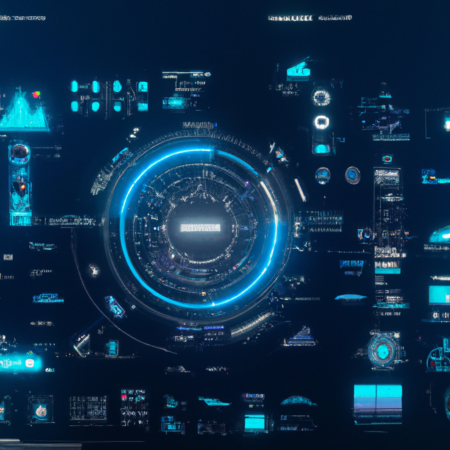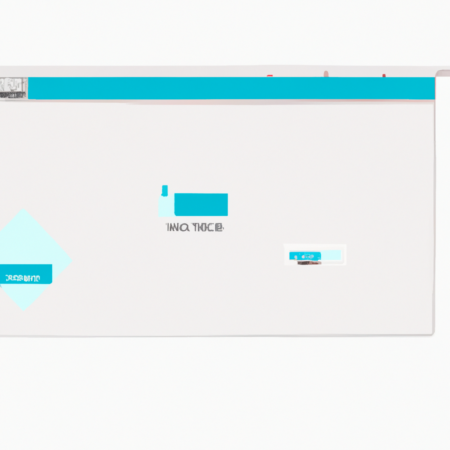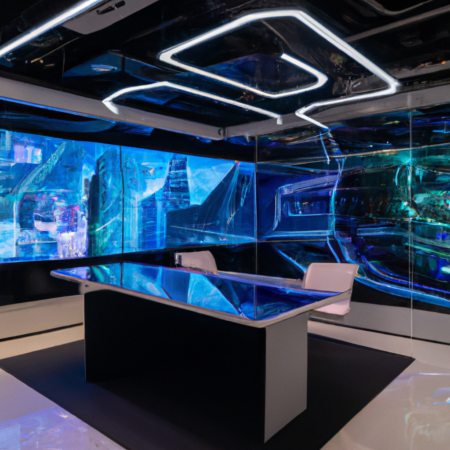Revolutionizing User Experiences: The Future of UX Design in 2025
As we step into the second quarter of 2025, the landscape of User Experience (UX) design continues to evolve at an unprecedented pace. The integration of advanced technologies such as AI, VR, and context-aware computing has not only changed the tools of the trade but also the very fabric of design methodologies.
Embracing AI-driven Design
Artificial intelligence has become a cornerstone in creating intuitive user interfaces. By leveraging predictive analytics and machine learning, designers are now able to create more personalized experiences at scale.
Virtual Reality: Immersive Experiences
With VR technology, UX designers are crafting immersive environments that offer users a deeper level of engagement. These virtual spaces are particularly effective in fields like education and real estate, where experiential learning and visualization are key.
Context-Aware Interfaces
The rise of context-aware computing allows systems to adapt interfaces based on real-time environmental and behavioral data. This shift is pushing UX designers to think more holistically about user environments, enhancing accessibility and usability.
Designing for Global Accessibility
As global digital access increases, designing for a diverse user base has become a necessity. This includes linguistic adaptations, cultural considerations, and ensuring accessibility for differently-abled users.
Future Challenges and Opportunities
Looking ahead, UX designers face the challenge of keeping up with rapid technological changes while maintaining an ethical approach to user data and privacy. However, these challenges also present opportunities for innovation and setting new benchmarks in user experience.
In conclusion, the future of UX design promises exciting developments that will continue to revolutionize how users interact with technology. By staying informed and adaptable, UX professionals can lead the charge in creating more engaging, inclusive, and effective interfaces.






